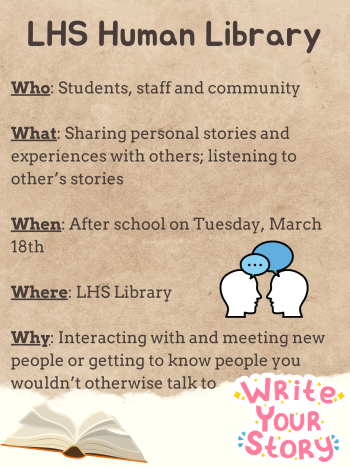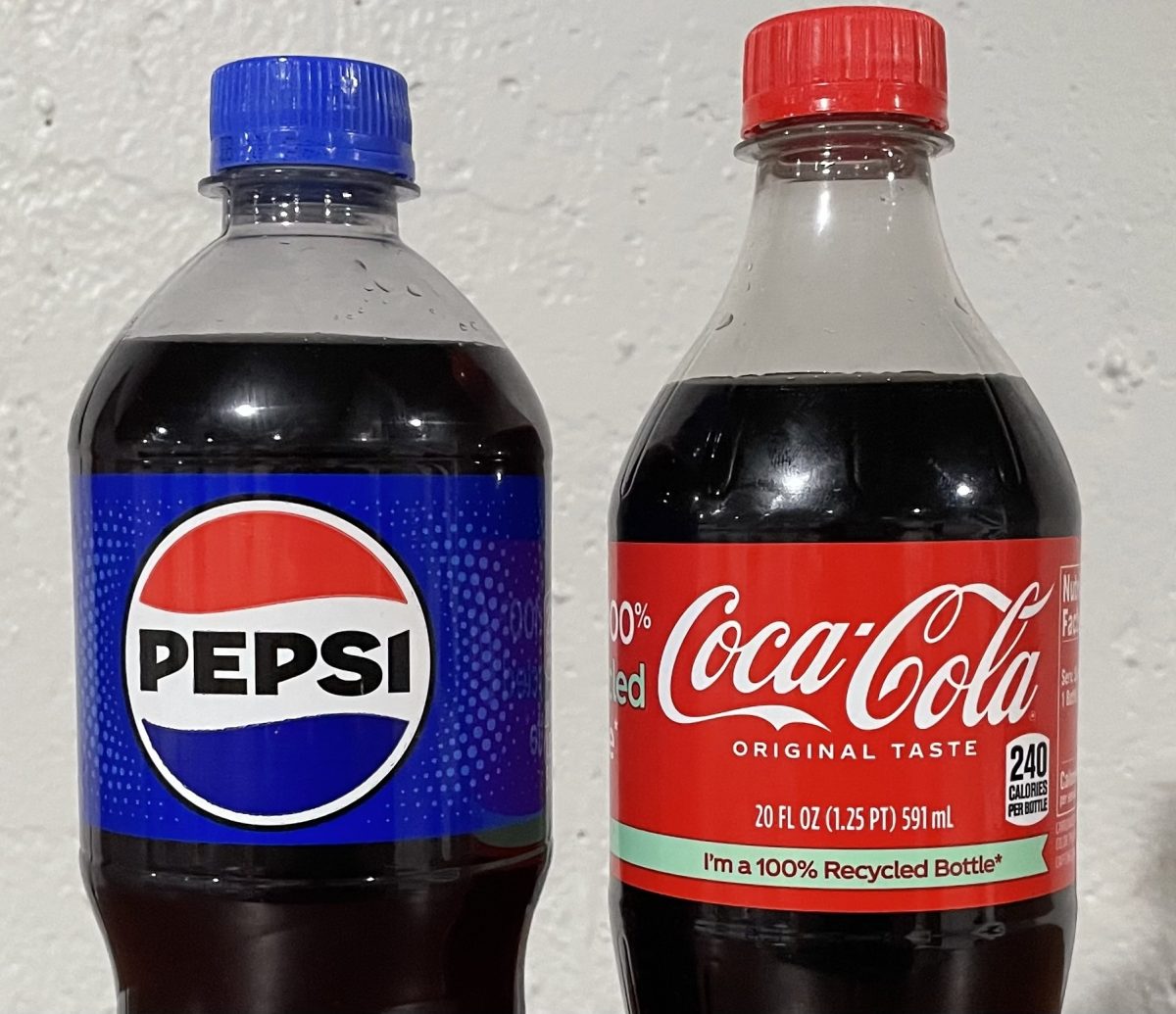When you hear the word “art,” certain images tend to come to mind. Thoughts of paintings, ballet, sculptures and music may typically fill your brain with color and creativity. But there are lots of other unique versions of art that we never seem to recognize, and some of these arts are going unacknowledged at LHS. There are various types of art here, such as origami, cosmetology, and K-pop, that many students aren’t aware of and that some students may not even think of as art.
Origami
Origami is paper folding and in order to create shapes, artists fold paper without cutting, gluing, or ripping the paper. Though it sounds simple, this art requires a remarkable amount of patience and concentration and can have beautiful results. Origami can be created with a variety of papers, ranging from bright colors to complicated patterns, making the art even more attractive.
Derrick Joseph, a junior at LHS, began to fold oragami when he read “Sadako and the Thousand Paper Cranes” in fourth grade. The tale is about a girl affected by radiation who sets a goal to fold a thousand paper cranes in the hope that it may somehow heal her. The teacher requested the class make a paper crane, sparking Joseph’s interest, and transforming it into a passion.
“Out of the whole school, I think that I’m one of the only few people that actually practices origami on a regular basis and actually respects it as an art,” Joseph said.
To Joseph, origami is an art because of its versatility, and he explained how “you can fold it in 3D, you can fold it in 2D… you can make murals out of it.”
His favorite type of origami is geometric origami: “I really like the mathematical symbolism of origami, so I like folding geometric sculptures.”
Cosmetology
Makeup, like any other art, takes skill, practice, and creativity. At LHS, several students are hoping to go into the field of cosmetology, including senior Carly Roberts.
Next year, Roberts will attend Empire Beauty School in Arizona to follow her dream of working in makeup for the rest of her life.
“I’m starting a course in September that focuses all on prosthetics and making life casts for people and everything like that. That is my passions and I want to do that so bad,” shared Roberts.
Cosmetology has many different varieties, such as stage makeup and special effects makeup. Roberts hopes to work with special effects makeup in her future.
Already, she has placed sixth in state for face painting with a realistic skull. To Roberts, makeup is an art because of its variety.
Describing the ability to share her art with another person, she explained that the ability to “make them feel the most beautiful they can feel… it’s such an amazing thing to be able to do.”
Cosmetology takes time and effort, something that Roberts believes some people tend to fail to recognize.
Additionally, she stressed the importance of accepting your own self. “I can fully express myself through makeup like, you know what, I want to look this way, this is how I want people to perceive me,” she described. But Roberts also stressed that “natural beauty is one of the most important things.”
Cosmetology is a unique art form that means the world to Roberts. “If you love what you’re doing, you’re not going to work a day in your life and [cosmetology is] so what I want to prosper in and do with my life,” she concluded, adding that “you’ve got to get out there and try it and yeah, you’re going to mess up a few times and it’s not going to look good, but I mean, it’s so worth trying.”
K-pop
Dance is recognized across the globe as an art form, but K-pop does not tend to be acknowledged as the art that it is.
Korean popular music, or, as it is commonly referred to, K-pop, originated in South Korea. K-pop is a music genre that consists of a mixture of electronic, R&B, pop, rock and hip-hop music.
Though many students may believe they’ve never seen or heard of K-pop, “Gangnam Style,” a K-pop song, was the first video to reach over a billion views on YouTube in December 2012.
Additionally, members of the K-pop club were featured in a video during the Turnabout assembly.
Stacy Zeng, a member of the LHS K-pop club, explained that “compared to American pop music, there’s a lot of variety to it, so there’s a lot of different forms of it, which I think is really artistic because it shows how you can express yourself in many different ways.”
K-pop club was formed this semester by juniors Erin Joyce and Josie Barnabee.
Though K-pop does not receive much recognition at LHS, “globally K-pop is really big. There’s K-pop conventions in the U.S. every single year,” Zeng noted.
“There’s a certain image that goes with it, which I think is its own unique type of art,” added Zeng, speaking of how she is attracted to the variety in K-pop.
The style of dance allows Zeng to express herself, and she finds that to be something incredibly influential to herself and others.
Correction: This story has been updated to reflect both Erin Joyce and Josie Barnabee being founders of K-pop club. The original version of the story just mentioned Barnabee.




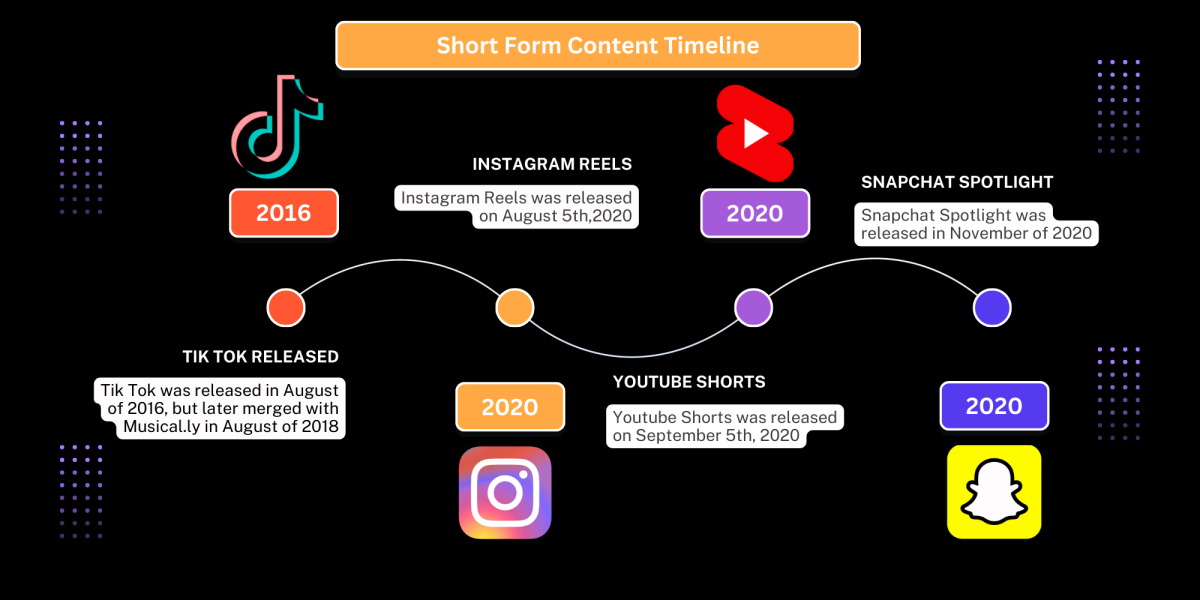
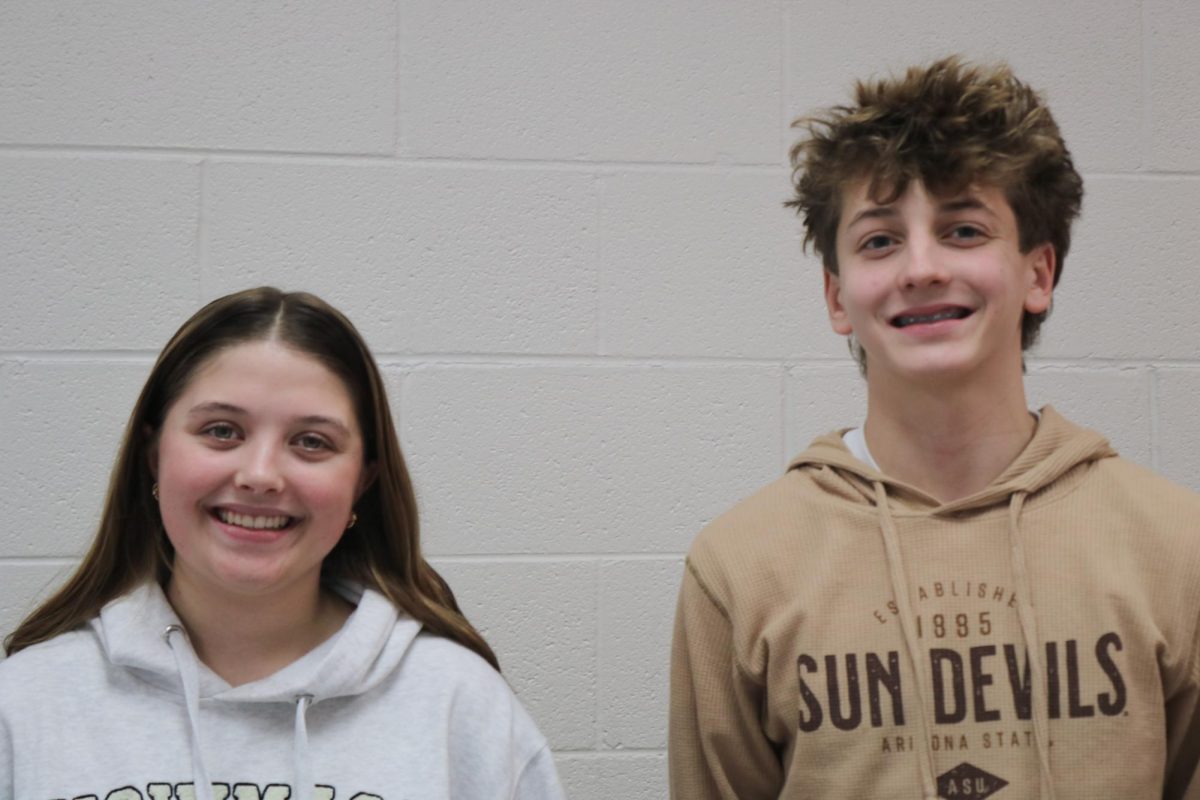
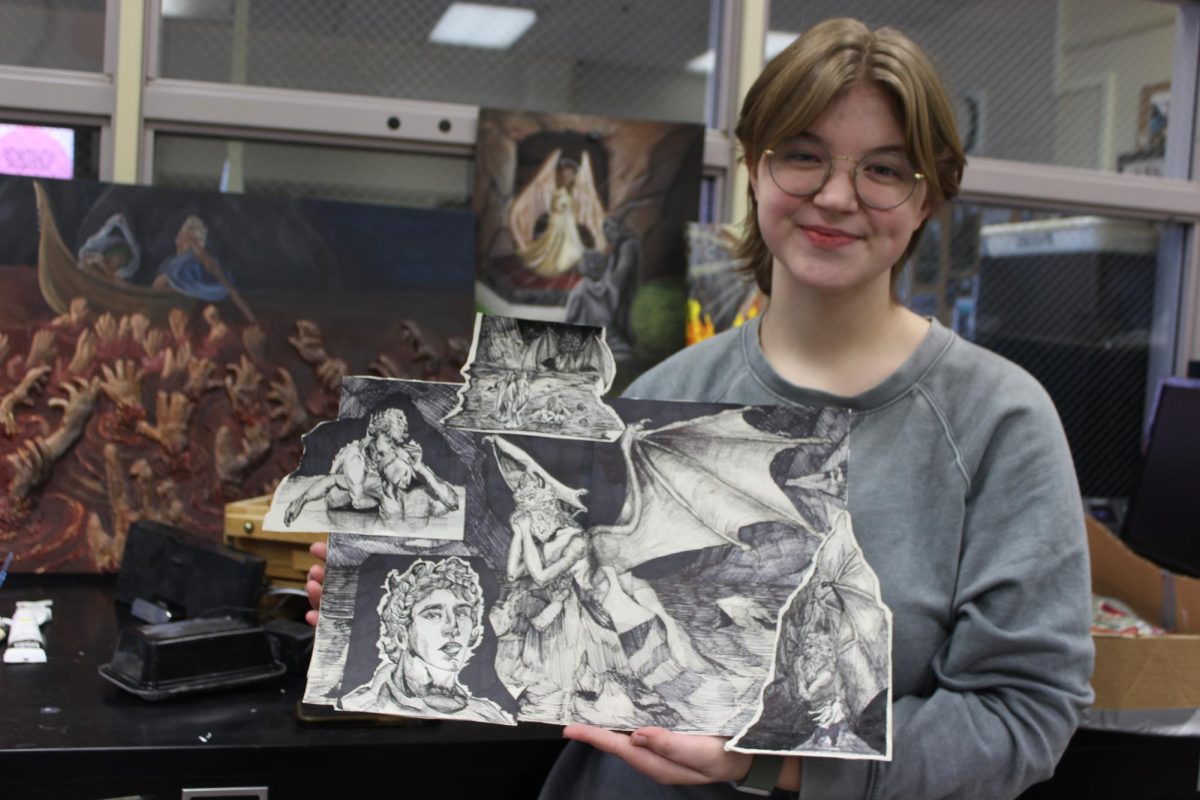
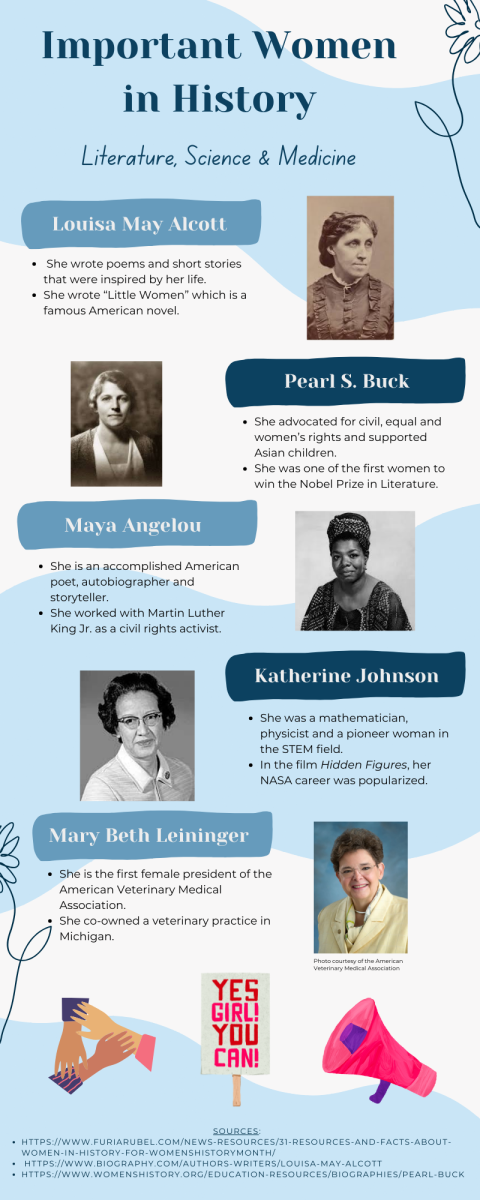
![Mr. Abullh Ali, manager/assistant, helps open Queen Yemeni Coffee in downtown Libertyville at 606 North Milwaukee Ave. With the help of employees such as manager and LHS senior Yousef Taha, they are able to bring the Yemeni and Ethiopian culture to Libertyville by using their Queen spices, cinnamon and cardamom in their drinks such as Adani Chai, which is inspired by Sheda, the Queen of Yemen and Ethiopia. “The history of our coffee [is] a long history and we believe that Yemen and Ethiopia started the coffee and we are bringing something unique to the community,” Mr. Ali said.](https://www.lhsdoi.com/wp-content/uploads/2025/04/Photo-1-1200x800.jpg)
